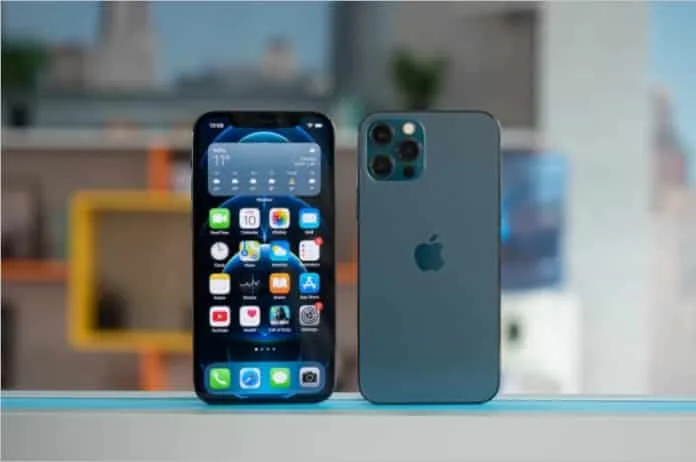Apple‘s next-gen iPhone 13 lineup is predicted to register strong sales numbers when it goes official. The prediction has been made by Ming-Chi Kuo, a well-known market research analyst, in his newest research notes. He believes that newly added features and specifications combined with the Huawei ban would result in more buyers considering iPhone 13.
Kuo predicts that after 195 million cell phones shipped last year Apple will ship 230 million to 240 million units this year, an increase of 23%, and 250 million to 260 million in 2022. In the second half of this year, according to analysts, Apple will gain market share in the high-end segment thanks to a “specification upgrade” and the “US ban on Huawei”. The former is just a fancy way of saying that the new iPhone models will be released towards the end of the third calendar quarter.
The TF International analyst says Apple will ship up to 88 million units in the second half of this year. That would be a 17.3% increase over the 75 million iPhones Apple shipped in the second half of 2020.
A previous report claimed that Apple’s chipset suppliers are also looking to boost iPhone 13 chip supplies in the third quarter. It is the time when the new iPhone models will hit the shelves. This is something that falls in line with Kuo’s predictions about Apple shipping the iPhone 13 series in high numbers later this year.
The lineup is rumored to include four models: 5.4-inch iPhone 13 mini, 6.1-inch iPhone 13, 6.1-inch iPhone 13 Pro, and 6.7-inch iPhone 13 Pro Max. These will continue with the usage of OLED display panels like the iPhone 12 series but there is expected to be 120Hz refresh rate aka ProMotion displays this time around. There will be a new A15 Bionic chip, LiDAR sensors, 1TB storage on Pro models, and a wider availability of mmWave 5G connectivity.
Apple expects ProMotion displays for the iPhone 13 Pro models with a 120Hz variable refresh rate, the A15 Bionic chipset made with TSMC’s improved 5nm node, improvements to the cameras including sensor displacement stabilization for everyone add four models. This feature stabilizes the blurring that occurs when recording video by adjusting the camera’s sensors instead of its lenses.
Also Read:








